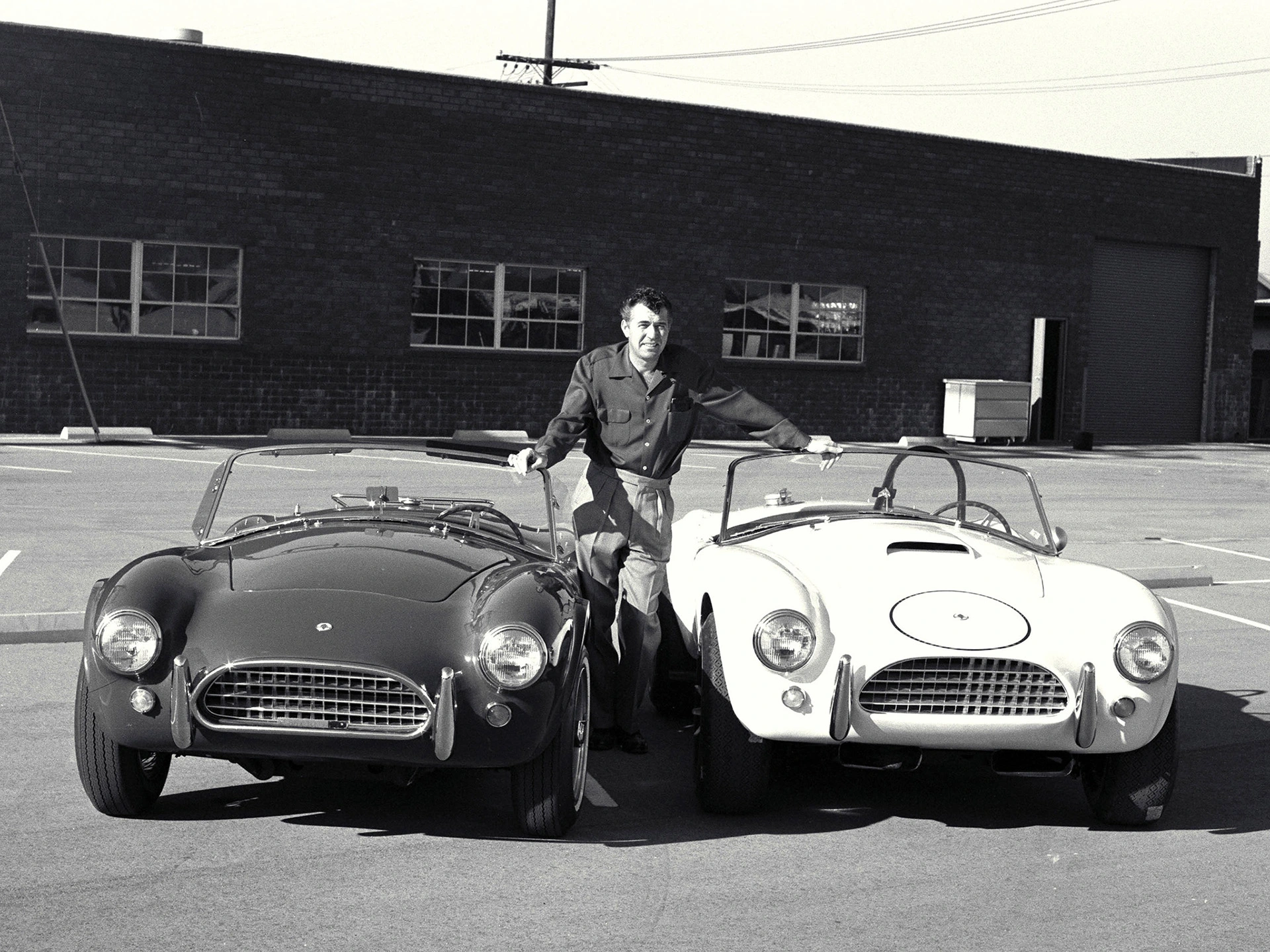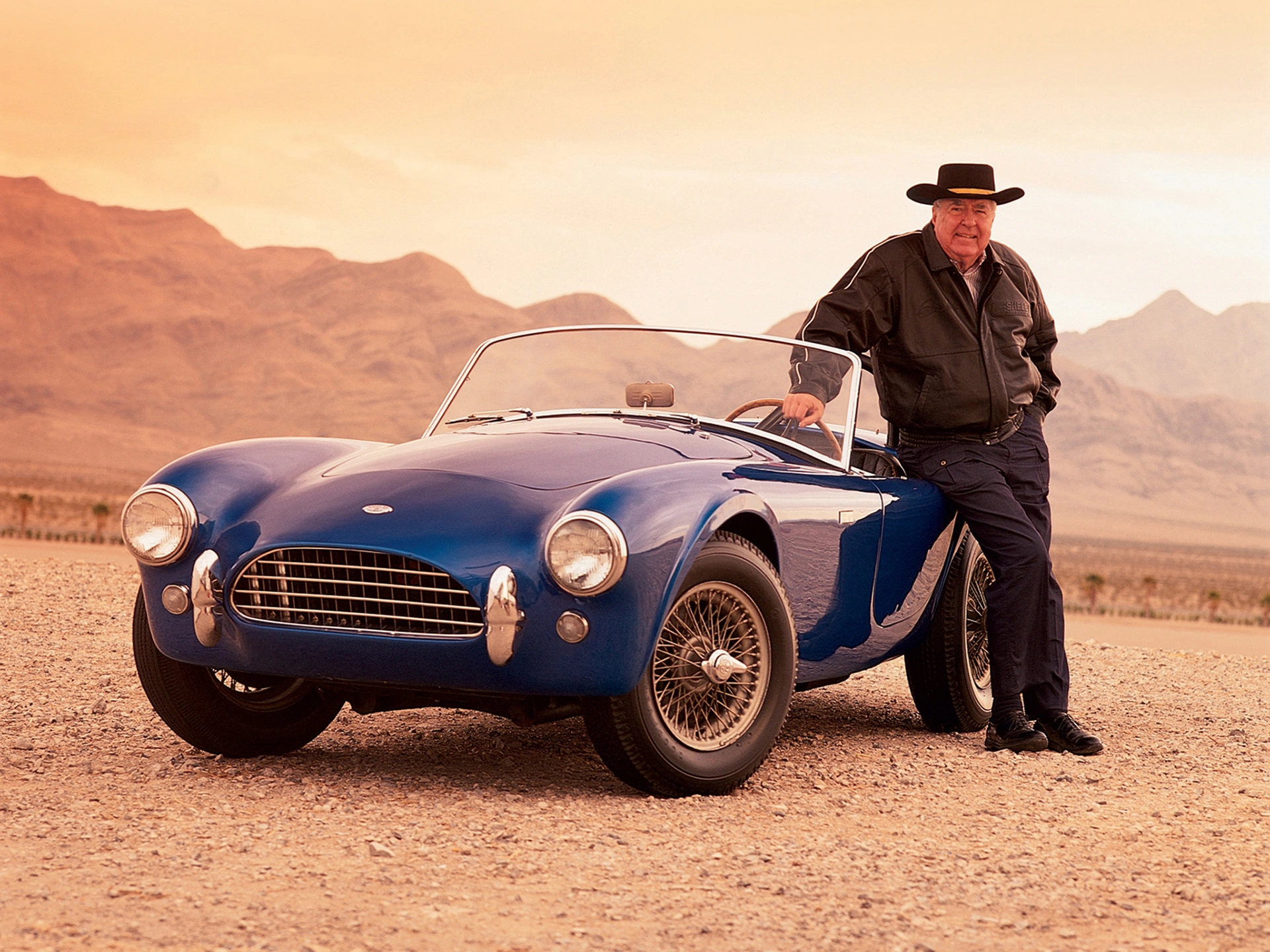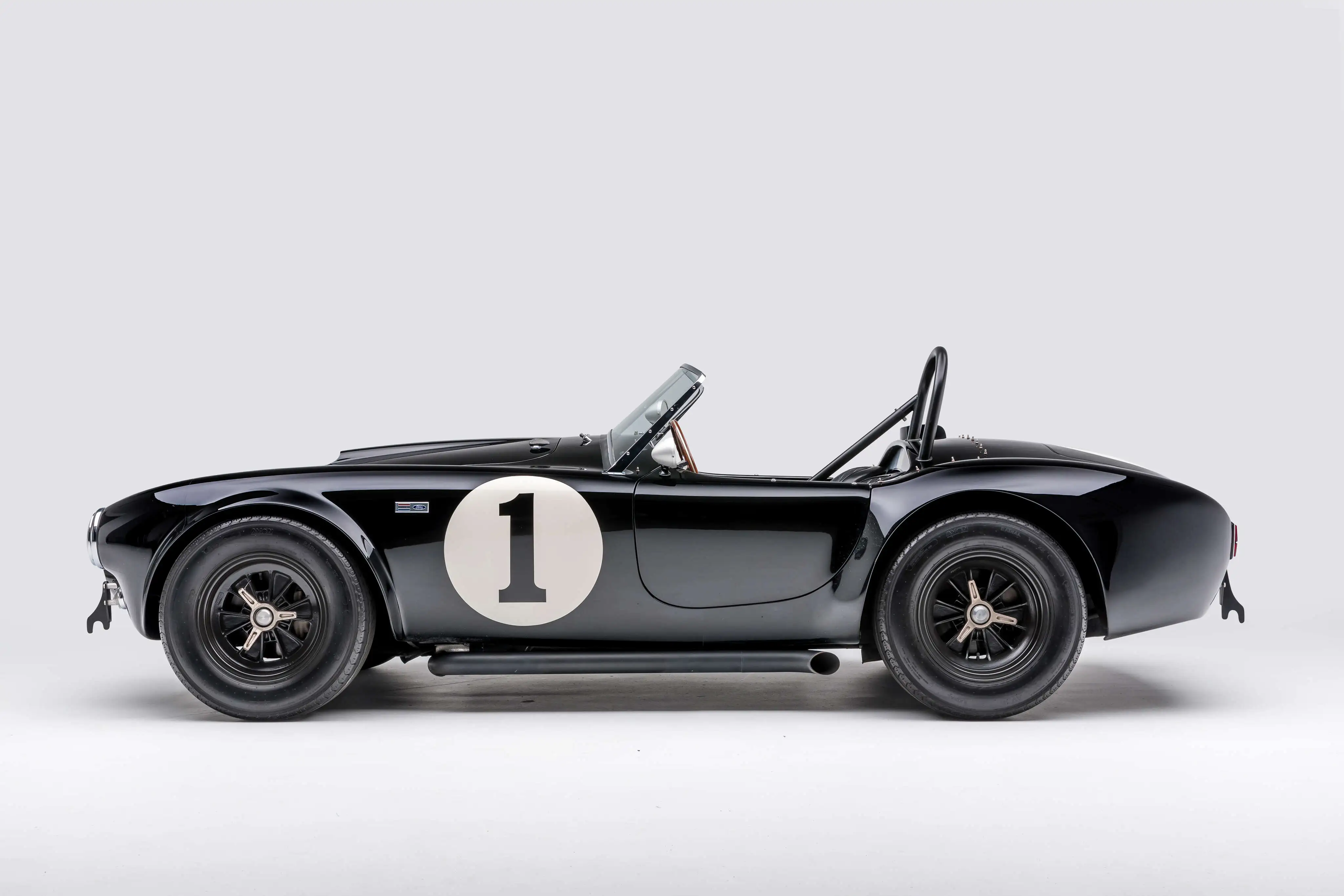Unforgettable Car Geniuses: Carroll Shelby
25 January 2025 6 min read 5 images

Photo credit: Aston Martin, Ford, RM Sotheby’s, Shelby, Wheelsage
After a racing career that peaked in 1959 with a victory for Aston Martin at the 24 Hours of Le Mans, Carroll Shelby was forced to retire from racing due to heart problems. The American driver decided to stay in the sport as a constructor, founding Shelby-American in 1961, the beginning of the legend that would create the Cobra. His experience behind the wheel naturally led him to understand the path to take: he knew he couldn’t compete directly with the dominant constructors of the time but saw plenty of opportunities to innovate.
Register to unlock this article
Signing up is free and gives you access to hundreds of articles and additional benefits. See what’s included in your free membership. See what's included in your free membership.
Already have an account? Log In


